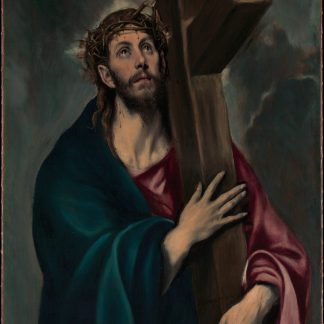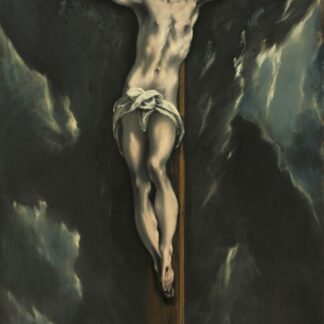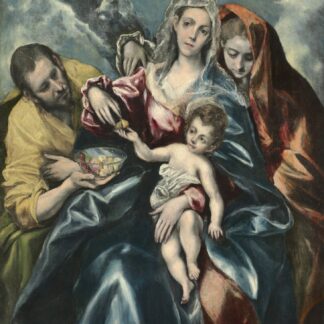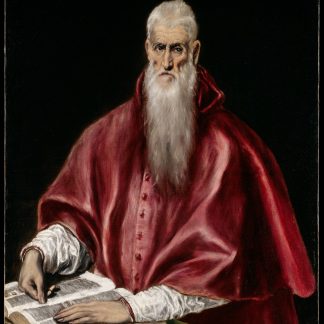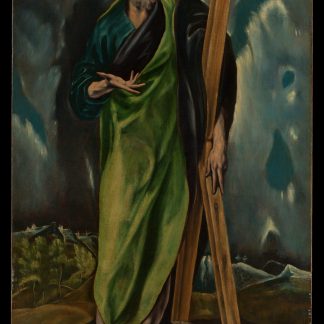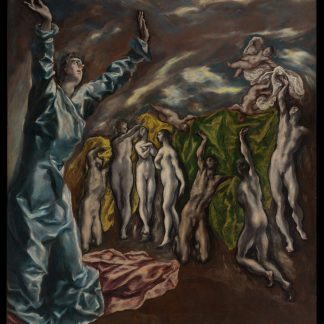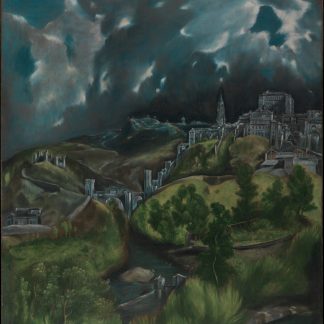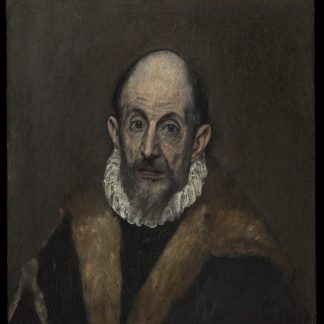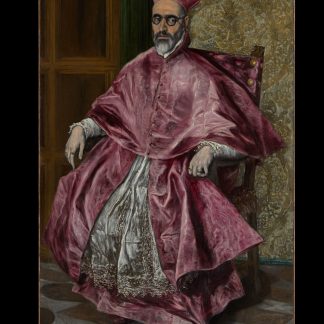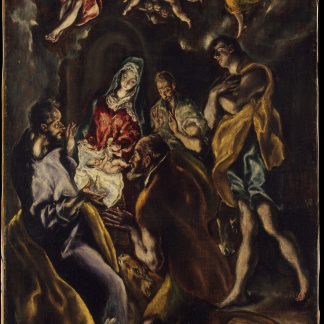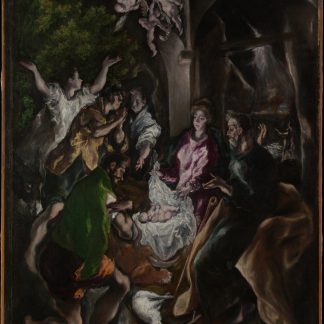El Greco, whose real name was Domenikos Theotokopoulos, was a painter of Greek origin who is considered one of the greatest artists of the Spanish Renaissance. He was born in Crete in 1541 and trained in the Byzantine tradition of painting, which is characterized by its highly stylized, flat figures and use of gold leaf. El Greco later moved to Italy, where he was influenced by the works of Michelangelo and Tintoretto, before settling in Spain in the late 16th century.
El Greco’s paintings are known for their highly individualistic style, which is characterized by elongated figures, dramatic use of light and shade, and vivid, expressive colors. His works often have a spiritual or religious theme, and are marked by their intense emotional power and otherworldly quality. El Greco’s use of intense colors and dramatic lighting effects create a sense of heightened drama and emotion, and his works are renowned for their ability to evoke a sense of awe and wonder in the viewer.
Some of El Greco’s most famous works include “The Burial of the Count of Orgaz,” a massive altarpiece in the church of Santo Tomé in Toledo, and “The View of Toledo,” a landscape painting that captures the city of Toledo in a brooding, stormy atmosphere. Although his works were not always well-received during his lifetime, El Greco’s legacy has endured over the centuries, and he is now celebrated as one of the most innovative and visionary painters of the Renaissance.
Showing all 12 results
-

Christ Carrying the Cross
El Greco From $28.69 Select options This product has multiple variants. The options may be chosen on the product page -

Christ Healing the Blind
El Greco From $28.69 Select options This product has multiple variants. The options may be chosen on the product page -

Christ On The Cross C 1600–1610. Oil On Canvas.
El Greco From $28.69 Select options This product has multiple variants. The options may be chosen on the product page -

The Holy Family With Mary Magdalen C 1590–1595. Oil On Canvas
El Greco From $28.69 Select options This product has multiple variants. The options may be chosen on the product page -

Saint Jerome as Scholar
El Greco From $28.69 Select options This product has multiple variants. The options may be chosen on the product page -

Saint Andrew
El Greco From $28.69 Select options This product has multiple variants. The options may be chosen on the product page -

The Vision of Saint John
El Greco From $28.69 Select options This product has multiple variants. The options may be chosen on the product page -

View of Toledo
El Greco From $28.69 Select options This product has multiple variants. The options may be chosen on the product page -

Portrait of an Old Man
El Greco From $28.69 Select options This product has multiple variants. The options may be chosen on the product page -

Cardinal Fernando Niño de Guevara (1541–1609)
El Greco From $28.69 Select options This product has multiple variants. The options may be chosen on the product page -

The Adoration of the Shepherds
El Greco From $28.69 Select options This product has multiple variants. The options may be chosen on the product page -

The Adoration of the Shepherds
El Greco From $28.69 Select options This product has multiple variants. The options may be chosen on the product page
Showing all 12 results

